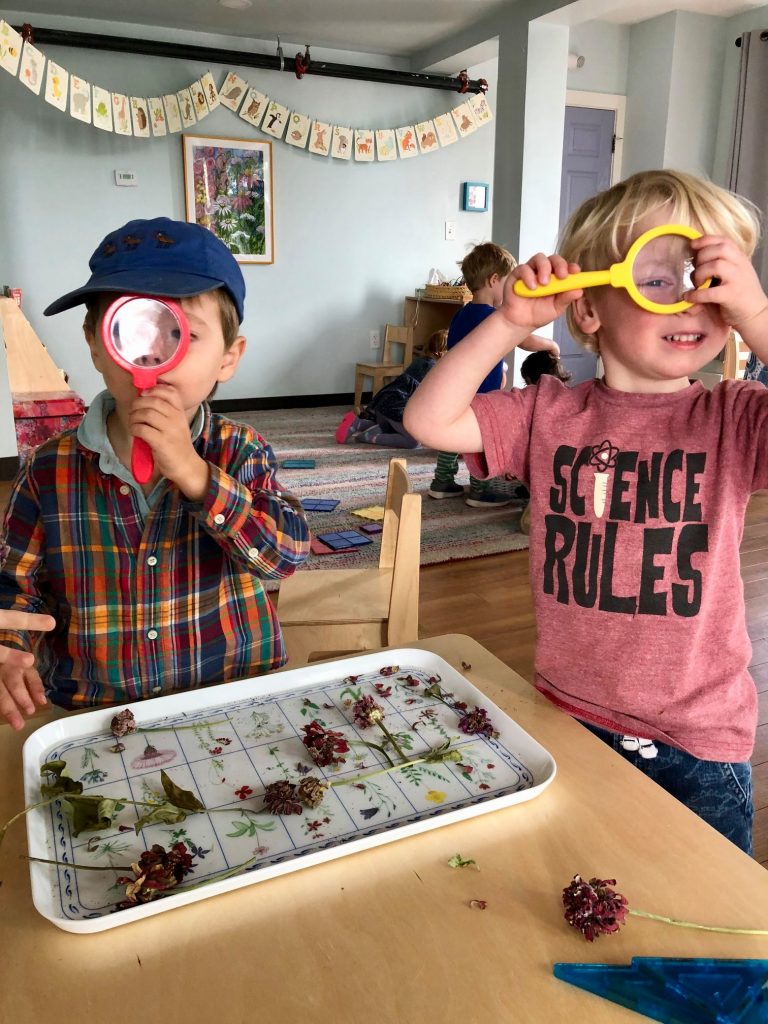
Overview
Across Vermont’s early childhood system, there is a range of formal and informal ways in which needs are continuously being identified in order to inform policy, programming, and investment. Below are three of the ways in which BBF and VermontKidsData.org are supporting this effort.
BBF Network Needs Identification
The BBF Network identifies and elevates the needs of children, families, communities, and the broad early childhood system in multiple ways. Vermont’s Early Childhood Regional Councils and Vermont’s Early Childhood Action Plan (VECAP) Committees work together on a monthly basis to collectively identify needs, challenges, and opportunities for children and families and problem-solve how to meet the goals of the strategic plan. Annually, the Regional Councils work through a process to identify annual priorities: BBF’s 2023 Regional Council Priorities Map. In addition, BBF captures emerging priorities and challenges monthly from across network meetings and individual partners and organizations and elevates them to the SAC and directly to agency leaders and legislative committees. All of this work provides the foundation for building annual Network policy recommendations.
Early Childhood Family Needs Assessment
The Families and Communities Committee, one of seven VECAP committees, designs, fields, and reports on the specific needs of families of young children every two years through a statewide survey. Having a needs assessment designed by and for families creates leadership opportunities and ensures that the collected data is answering questions deemed most important to families. The needs assessment report provides an in-depth analysis of how well services are working for families, the challenges they face, and what Vermont is doing well for young families. The 2022 Vermont Early Childhood Family Needs Assessment was published in April 2023.
Directory and Annual Executive Summary of Needs Assessments
Needs assessments are regularly conducted throughout the early childhood system of care in Vermont, both to inform the organizations or sectors that conducted the assessments and as an often required federal grant deliverable. However, the findings from these needs assessments are not always communicated broadly, and others in the early childhood field could benefit from the work that has already been done. The aim of this Directory and Annual Executive Summary of Needs Assessments is to identify the overarching themes and sub-themes identified during needs assessments across the field of early childhood in Vermont and make them publicly available and accessible.
The following needs assessments have been compiled and will be included in the Directory and Executive Summary of Needs Assessments:
- The annual State of Vermont’s Children report
- The 2020 Family Engagement Assessment completed by BBF under the PDG B-5 Planning Grant
- The 2022 Family Needs Assessment
- The Systems Asset and Gap Analysis (required under the Early Childhood Comprehensive Systems Grant funded by HRSA)
- The early childhood spending inventory to establish a baseline of current investments
- The 2022 Stalled at the Start report analyzing the supply of and demand for full-day, full-year, regulated child care
- The 2020 report by the Child Development Division on child care program closures, capacity, and enrollment
- The 2021 Vermont Early Childhood Wage and Fringe Benefit Report
- The 2019 Head Start Needs Assessment
- Vermont’s Child Care and Early Childhood Education Systems Analysis, which examined the governance and administration of Vermont’s early care and education system
- The RAND Finance Study, examining the current and future cost of child care